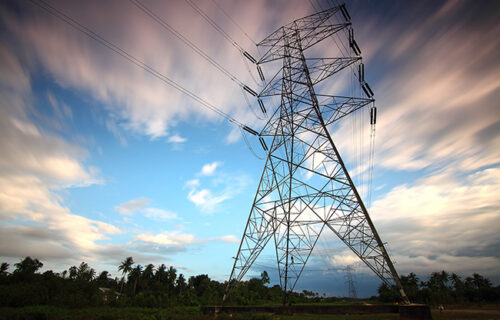Europe’s electricity grid has become more interconnected than ever, but growing differences between countries highlight a widening divide between net exporters and importers of power. As the region adapts to new energy realities and the phase-out of fossil fuels, trade in electricity is increasingly shaping Europe’s energy balance.
Data compiled for 2024 show that just over a third of European countries generated more electricity than they used, selling the surplus to their neighbours, while the majority remained net buyers. In total, the European Union exported slightly more electricity than it imported, signalling that cross-border flows are helping to stabilise supply during periods of fluctuating demand.
Sweden stood out as the continent’s leading net exporter, sending out roughly a quarter more electricity than it consumed. France followed closely, supported by the rebound of its nuclear fleet and strong hydropower output. Slovenia, Norway, Slovakia, Czechia and Austria also maintained significant export surpluses.
Among Europe’s largest economies, France and Spain continued to export modest volumes, while Germany and Italy relied increasingly on imports. Italy remained the biggest buyer of electricity in absolute terms, importing around 51 TWh in 2024, followed by Germany at roughly half that level. In contrast, France exported close to 90 TWh, consolidating its position as Europe’s top supplier.
Energy experts link these trade imbalances to the structure of national power systems. Countries with abundant hydro or nuclear generation tend to produce consistent baseload energy that can be sold abroad, whereas those relying more on variable renewables such as wind and solar often import electricity when weather conditions change.
The past two years have seen notable shifts. Germany, long a net exporter, has been importing more electricity since the closure of its remaining nuclear reactors and the rise in carbon prices that have eroded the competitiveness of coal-fired plants. In southern Europe, Greece moved from being a net importer in 2023 to a slight exporter in 2024, thanks to a sharp increase in renewable output.
Analysts say that growing integration between national grids is improving efficiency and supporting Europe’s energy transition. When solar power generation in one country declines at dusk, wind turbines in another can pick up the slack. This interconnectedness, they argue, is helping to reduce overall emissions while keeping prices more stable for households and industry.
Despite progress, the pattern also underlines Europe’s continuing dependence on imported fuels and the importance of reinforcing grid infrastructure. With electricity demand expected to rise sharply over the next decade due to electrification in transport and heating, reliable interconnections will be key to balancing the continent’s power needs in real time.
